- L I N K S
-

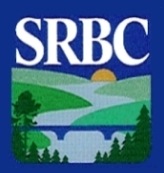
Susquehanna River Basin Commission PA
Dept. of Environmental
Protection
PA
Dept. of Environmental
Protection

PA Dept. of Conservation of Natural Resources


Center for Agriculture and Environment
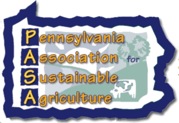
PASA

Buffalo Creek Watershed Alliance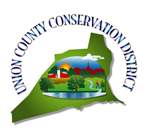
Union County Conservation District
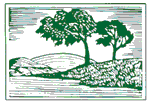
Merrill Linn Conservancy

Buy Fresh - Buy Local
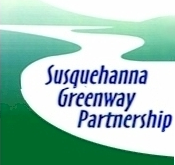



Trends in Pennsylvania’s agriculture echo those of the rest of the United States and the world as agriculture becomes increasingly industrialized. There are fewer larger farms using more resources to produce food that goes to processing plants and for distribution on a global market.
› Read more ...
The Susquehanna River and the Chesapeake Bay
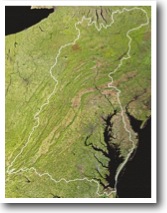
In 2003 the Susquehanna River contributed 21% of the sediment, 44% of the nitrogen, and 21% of the phosphorus flowing into the Chesapeake Bay. Pennsylvania may be subject to federal sanctions if it does not reduce its pollution by 2010. In 1997, the U.S. Environmental Protection Agency designated the Susquehanna as one of the American Heritage Rivers.
› Read more ...


